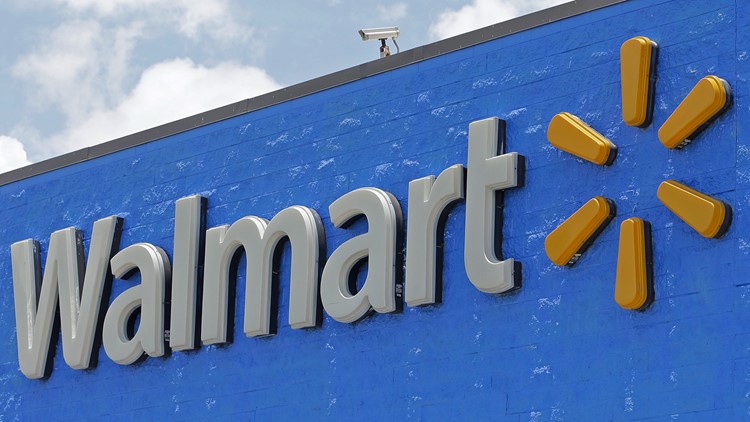
Walmart maintains its full-year sales outlook despite tariff challenges and economic uncertainty.
Walmart, the nation’s largest retailer, is confidently maintaining its full-year sales and operating income outlook despite the economic uncertainty stemming from President Donald Trump’s tariff wars with China and other trading partners. The Bentonville, Arkansas-based company affirms its first-quarter sales growth projection of 3% to 4%, showing resilience in the face of escalating trade tensions.
However, Walmart is stepping back from its initial guidance for first-quarter operating profit growth of 0.5% to 2%, acknowledging the potential impact of tariffs. The company chose not to provide a revised estimate but emphasized the need for flexibility to adjust prices as tariffs are enforced, indicating a strategic approach to navigate the challenging economic landscape.
In a recent statement, Walmart acknowledged that the range of potential outcomes has broadened due to a less favorable category mix and the necessity to remain adaptable in response to tariff implementations. This adaptability highlights Walmart’s commitment to adapting its business strategies to mitigate the risks associated with the tariff uncertainties.
The announcement comes the same day that Walmart is holding an investor conference featuring key leaders in Dallas.
It also comes the same day that Trump’s trade wars have escalated, raising the risk of a recession and causing panic in the financial markets. Trump’s latest round of tariffs went into full effect at midnight Wednesday, with higher import tax rates on dozens of countries and territories taking hold.
On Wednesday, China raised tariffs on American goods to 84% to match Trump’s addition of a 50% tariff, while adding an array of additional countermeasures Wednesday.
The 84% tariff will be effective Thursday, and comes as a 104% tax on the country’s exports to the U.S. came into effect.
Walmart has built in hedges against some tariff threats. Two-thirds of Walmart’s merchandise is sourced in the U.S., with groceries driving much of that. Groceries account for roughly 60% of Walmart’s U.S. business.
But Walmart faces challenges with the new tariffs because they carry more economic risks than during Trump’s first term. A wave of new price increases would deal a blow to its lower- and middle-income shoppers who have already been pulling back in the last year or so because of still-high inflation on necessities.

















